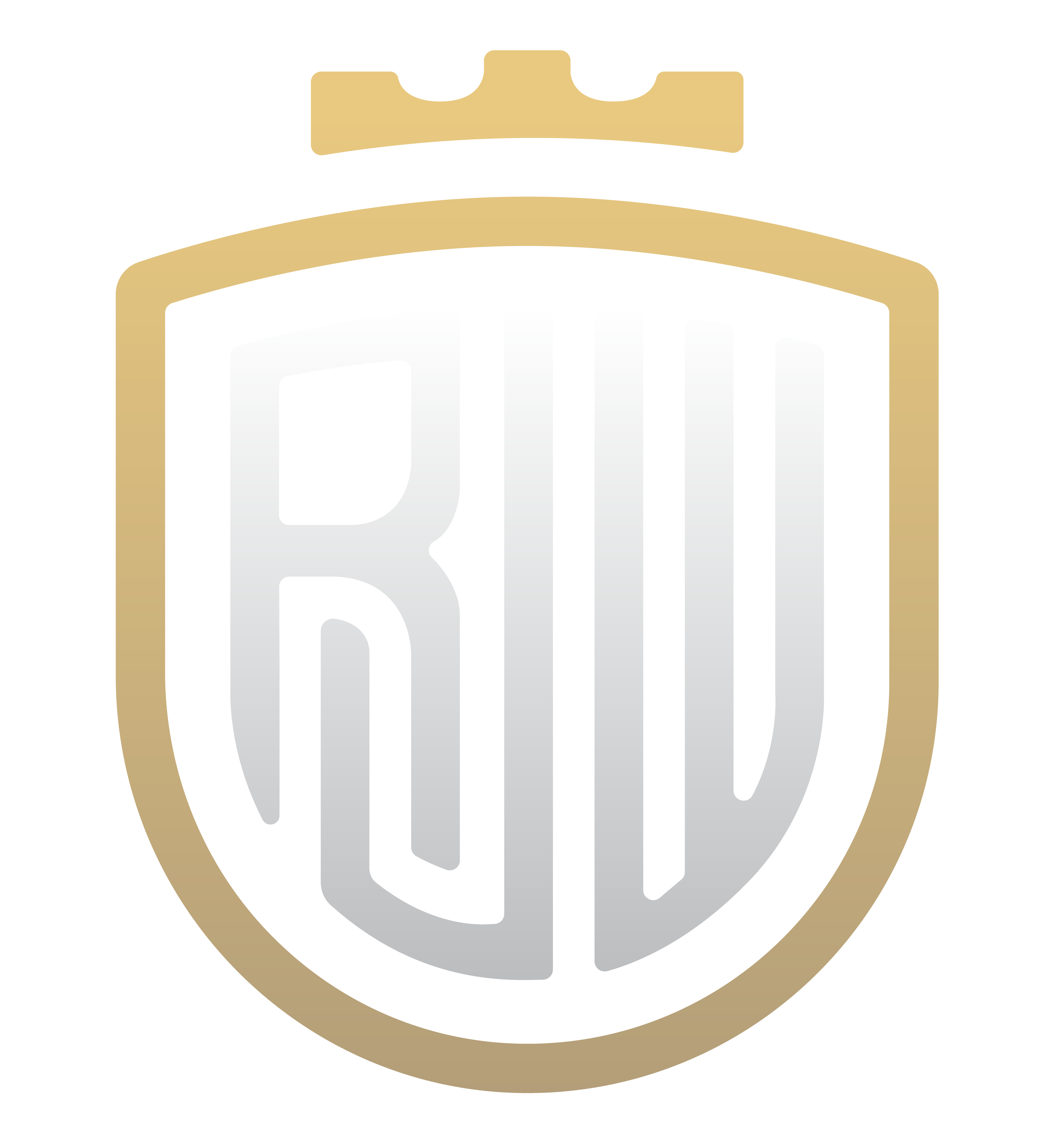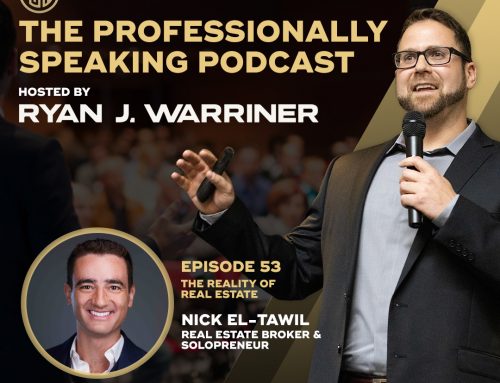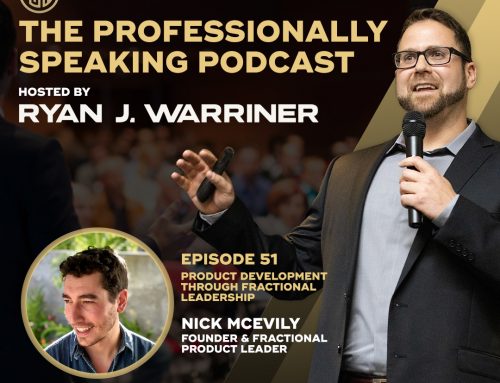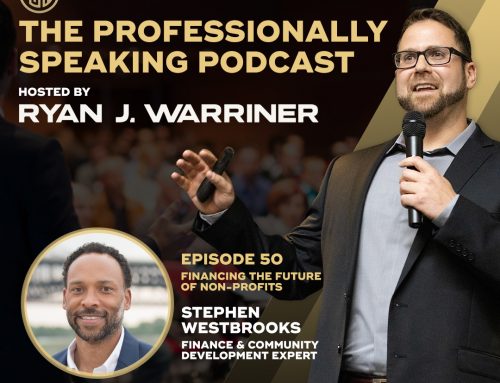Developing a Leadership Lens to Guide Decisions and Overcome Obstacles
One of the most common questions I receive as a professional speaker and corporate trainer is: “What can new leaders do to become more effective?” This same question has been posed to me more than 18 times this year alone, including when speaking about topics apart from leadership, such as team cohesiveness and optimal conflict resolution strategies. The frequency of this question has piqued my interest and motivated me to explore this phenomenon. Recently, I’ve delved into the latest research and professional experiences (A special “thank you” to my network) to gain a comprehensive understanding of the issues both organizations and individuals are facing. As a result, I have deduced some key approaches and effective techniques that lead to improved workplace culture, increased performance, and enhanced confidence for both new leaders and their teams. Let’s start by examining the landscape.
The Scope of the Situation
The first trend to note is the rapid increase in leadership positions. Simply put, there are more new leadership opportunities now than in the past. Our world is full of evolving, innovative organizations, which invite more individuals to take on additional leadership responsibilities. This may, in part, account for the demand of new leaders, but doesn’t necessarily speak to the persistence of the question at hand.
The First Core Challenge
“What got you here won’t get you there” – Marshall Goldsmith
Leading is different from performing. Many individuals who ascend into leadership positions have performed very well in their respective roles and executed their responsibilities with a high degree of success. In fact, many would be considered star performers. However, most people come to learn that, in a leadership position, their success is no longer measured by individual achievement but, rather, by their team or department’s results. They are tasked with instructing, delegating, supporting, and motivating others to perform as opposed to simply putting their head down and advancing their own performance. They now find themselves as the maestro of an orchestra, instead of one single musician within it.
As a star performer, challenges typically include surpassing expectations, meeting deadlines, and creating innovative solutions to complex problems. As a leader, new difficulties routinely arise, such as coordinating workflows, motivating team members, and cultivating a positive atmosphere. It’s no surprise that these challenges require a different skillset. Once new leaders acknowledge this reality, they can put down their metaphorical violin bow and pick up their conductor’s baton.
Leadership Style & Communication
Effective leadership boils down to successful decision-making and conduct. Leaders make thousands of decisions, large and small, on a daily basis. For instance, they decide which issues to address and which to let slide. Consequently, they must decide how to approach every situation and address each unique issue. The results of these decisions influence their team and, to a larger extent, their organization. The most effective leaders are not always comfortable with their decisions, but they are confident. This confidence stems from a premeditated alignment between their leadership style and their personal philosophy or values. They have a firm grasp of their own personal values as well as organizational priorities. This unique combination creates a lens from which to view their team members and the organization.
After this leadership lens has been established, communication comes into play. At this point, new leaders should understand the dynamics of their workplace, as well as the optimal approaches to address various situations. Communication is the central tool that recalibrates efforts and reinforces positive performance. However, as one might expect, it’s easier said than done…
More on communication and core challenges ascending leaders face next week!









